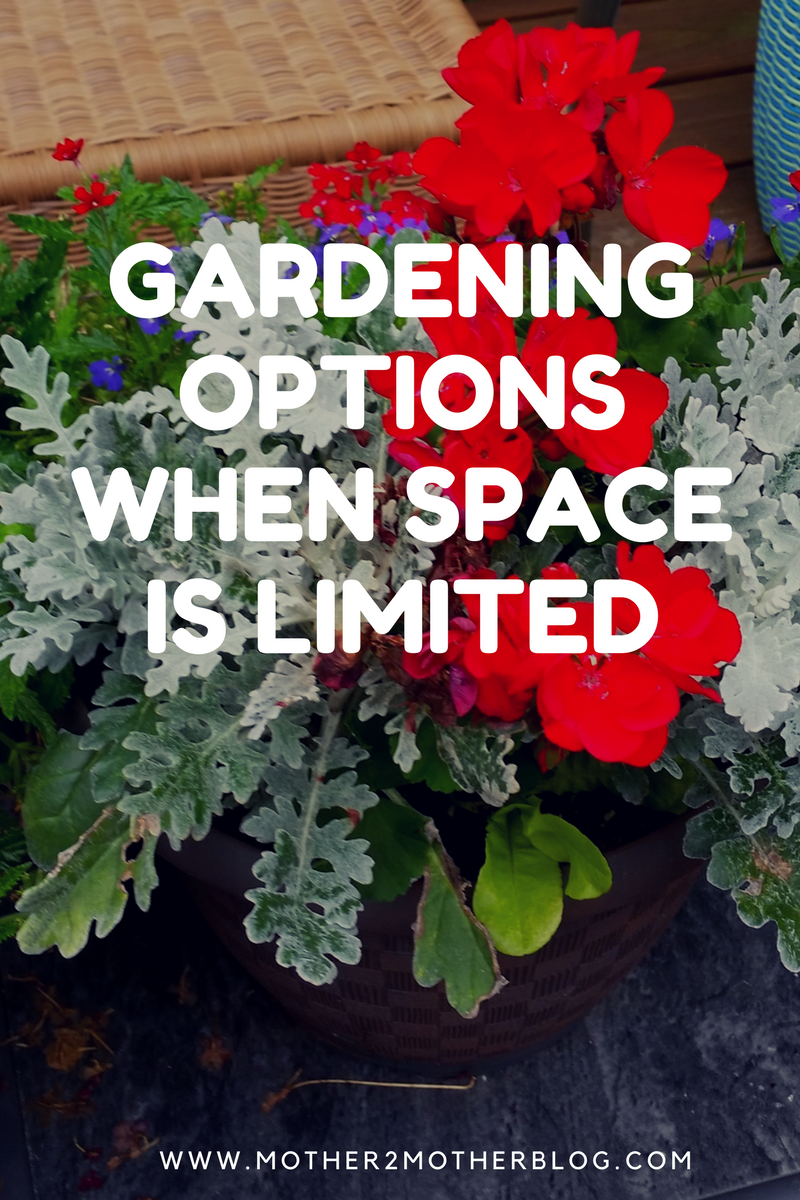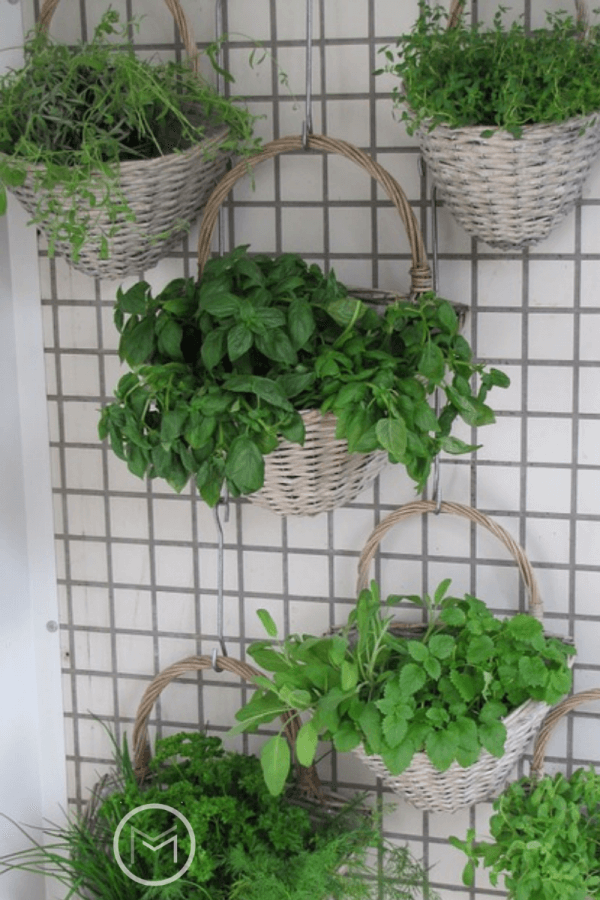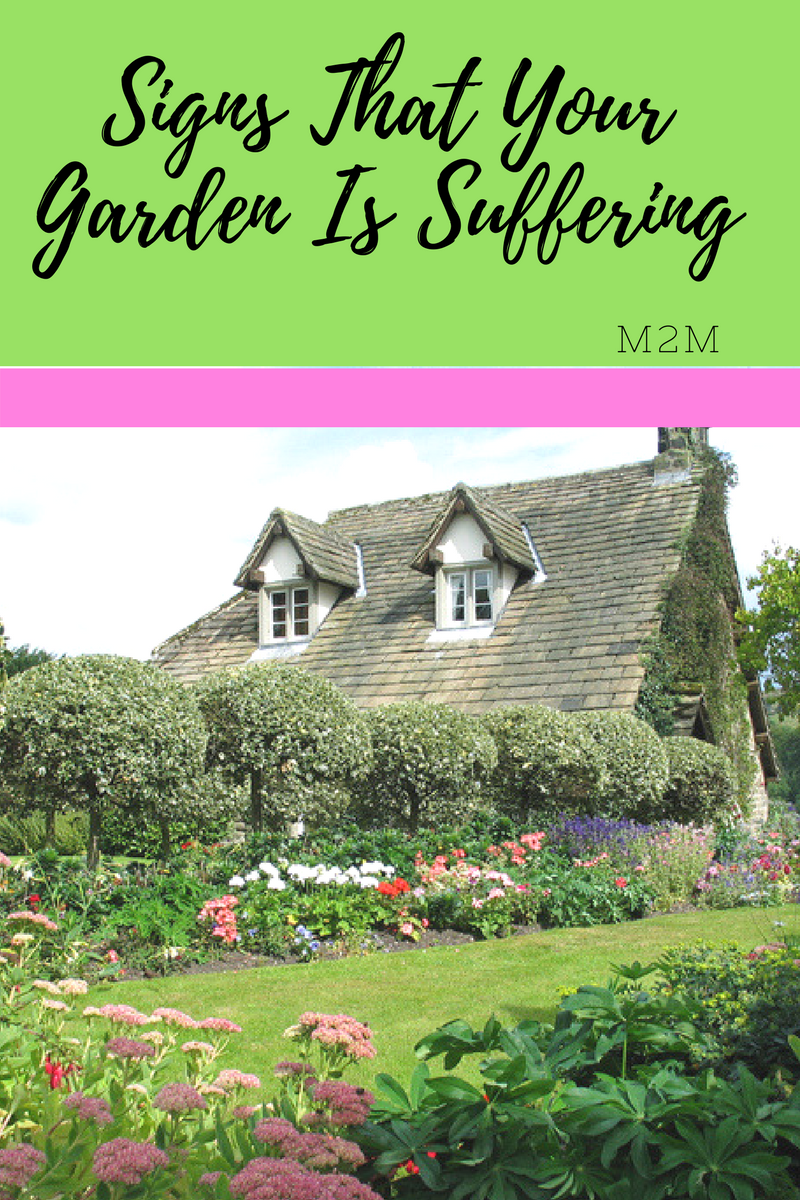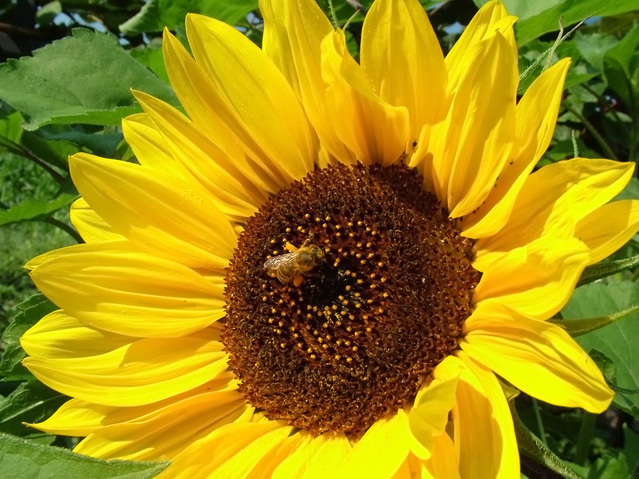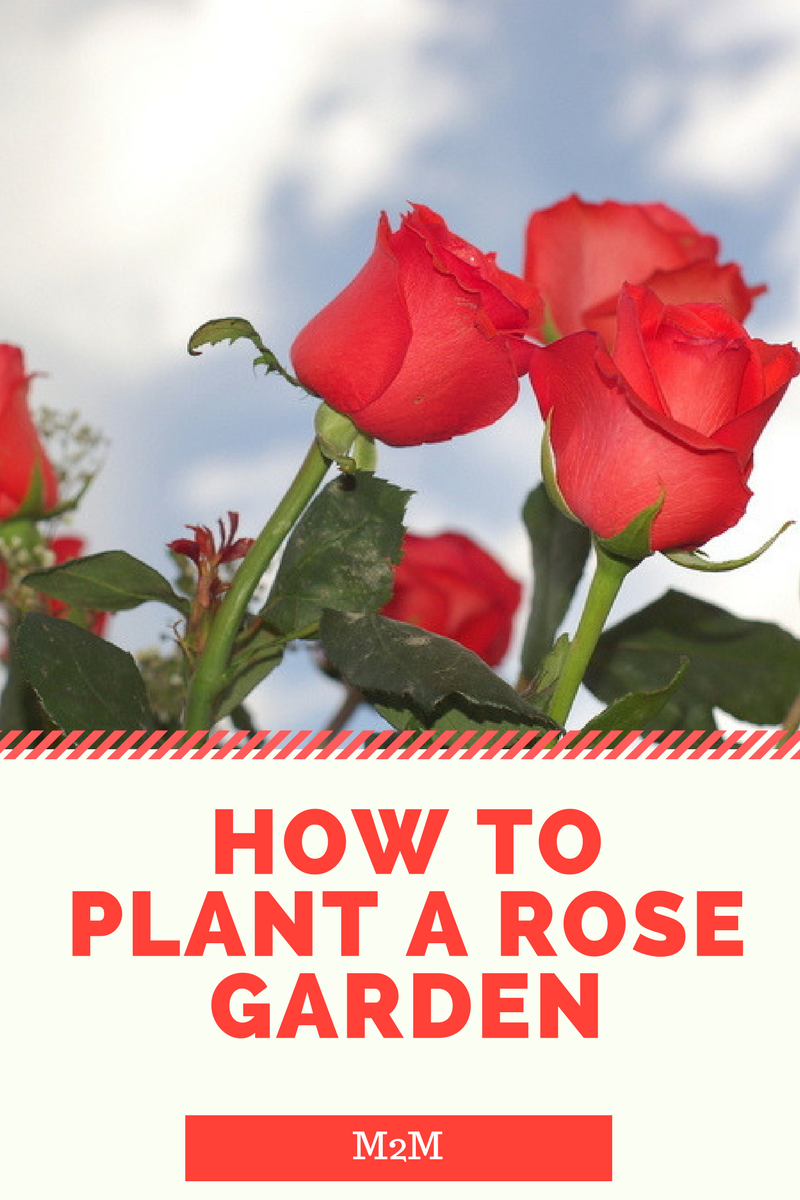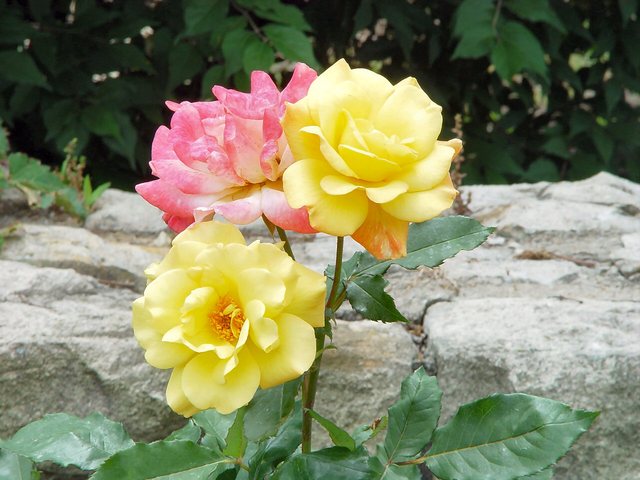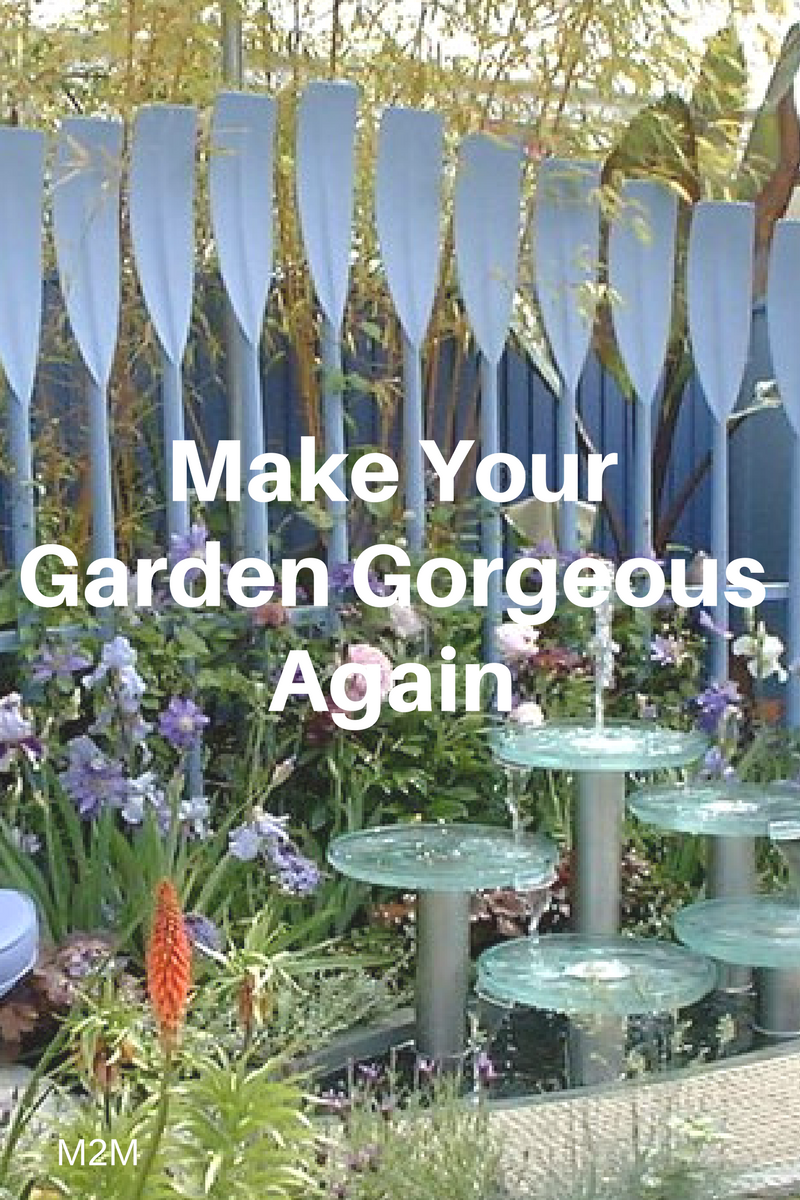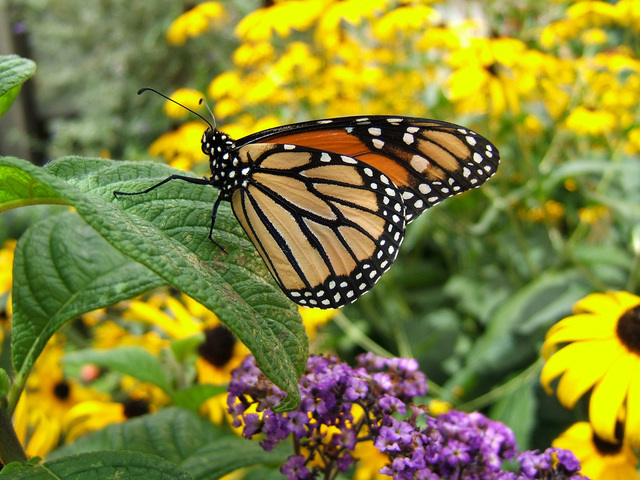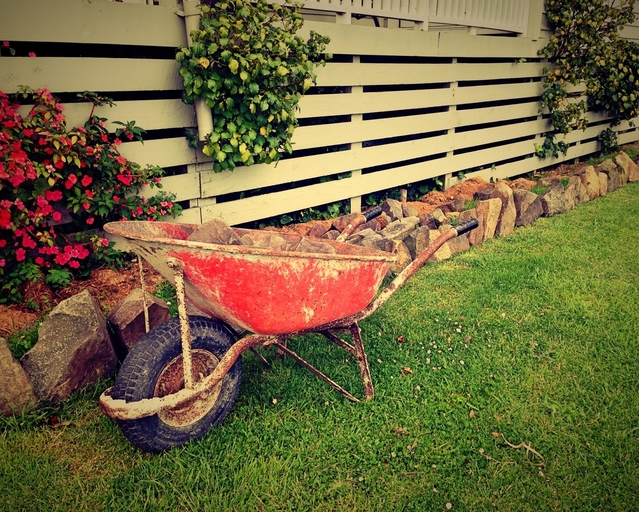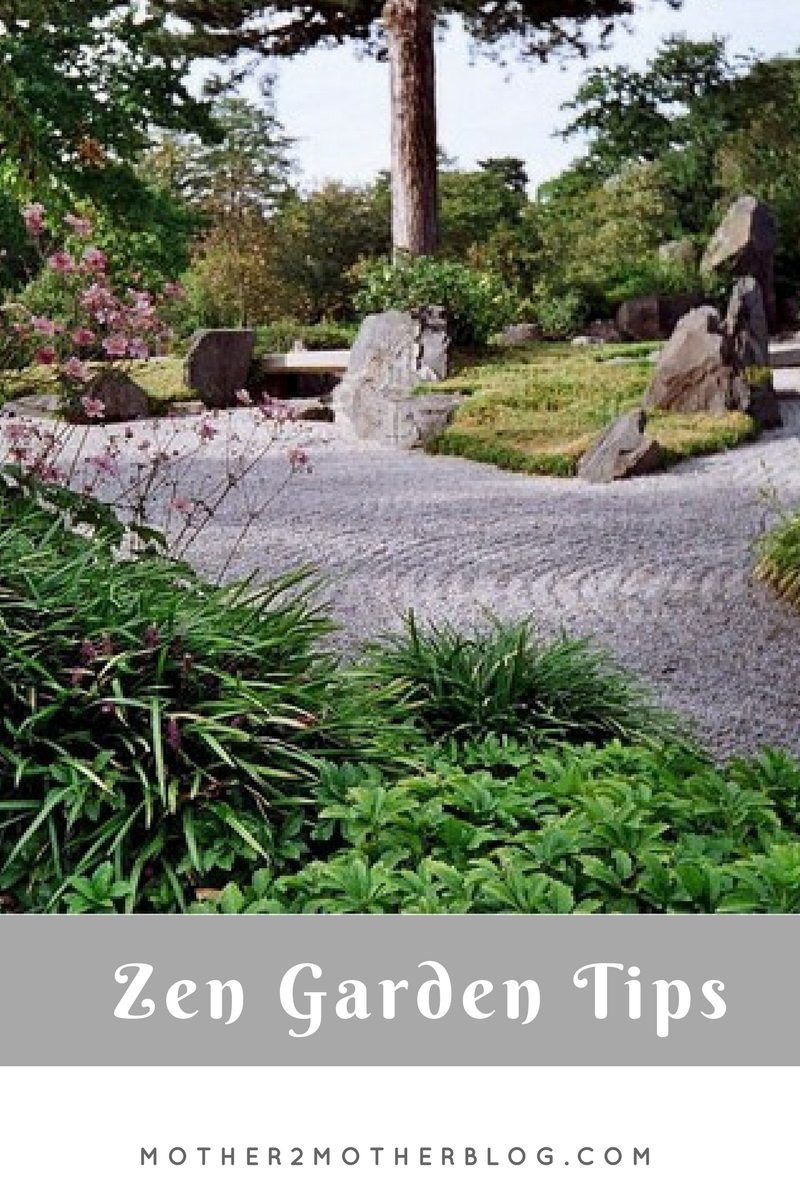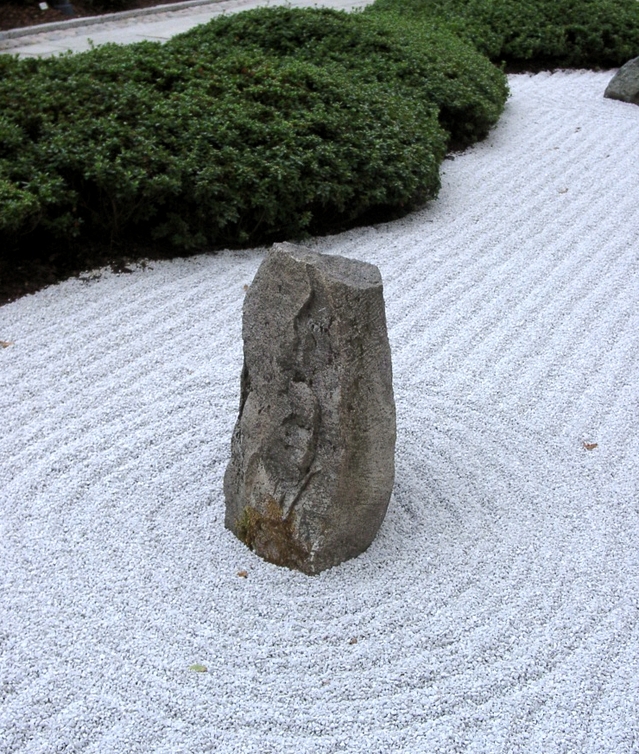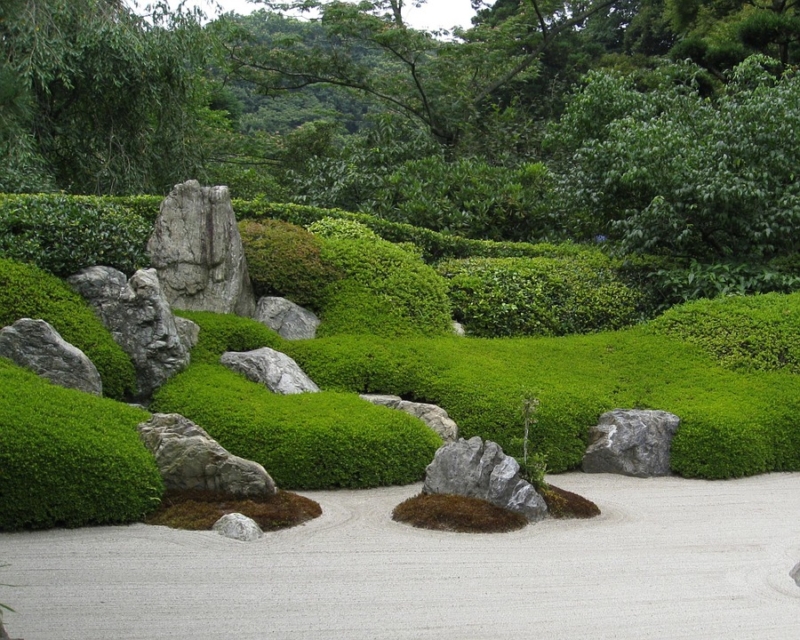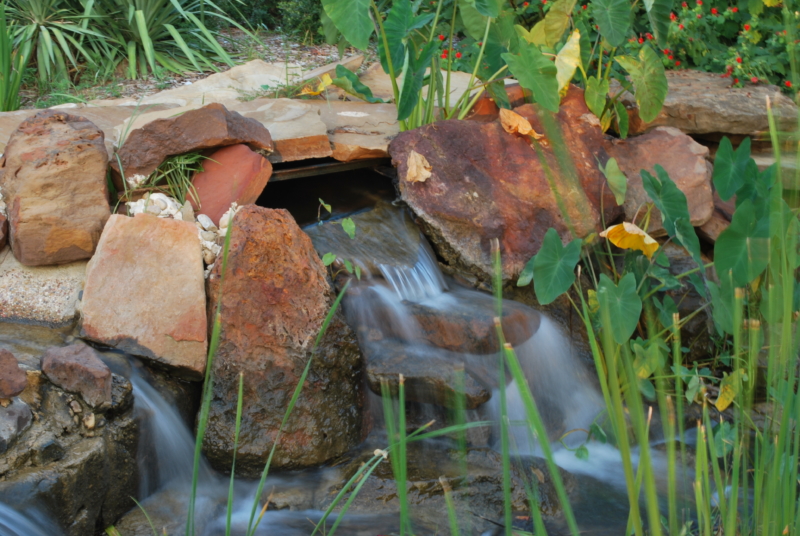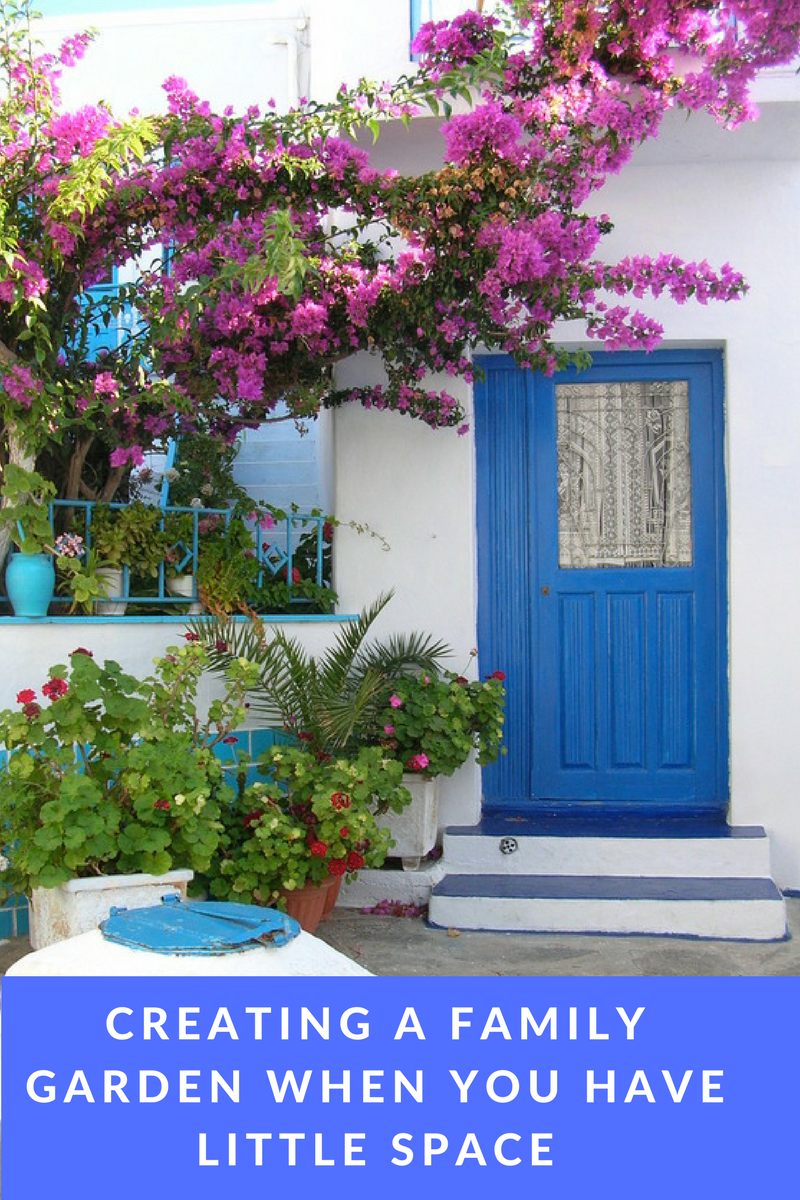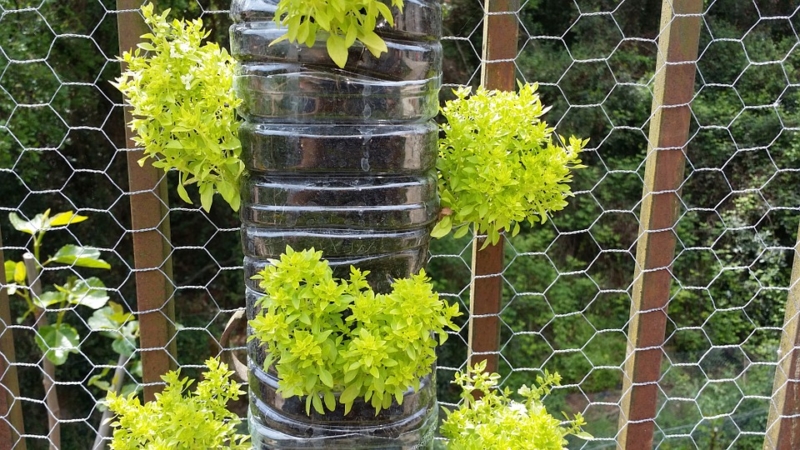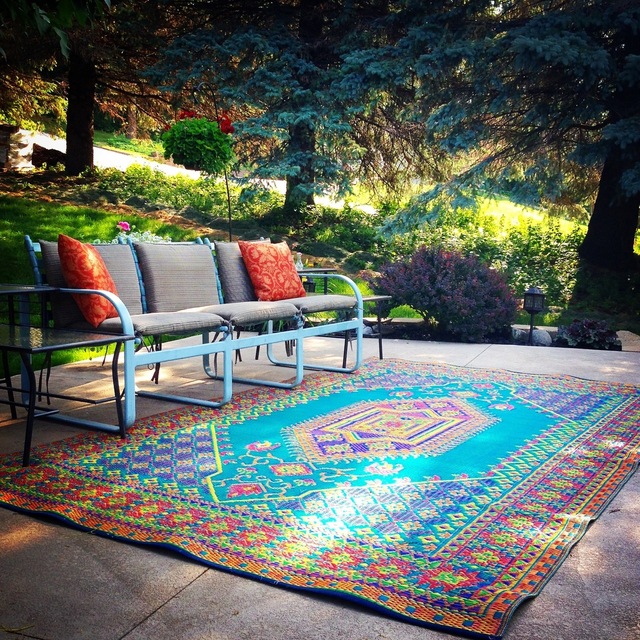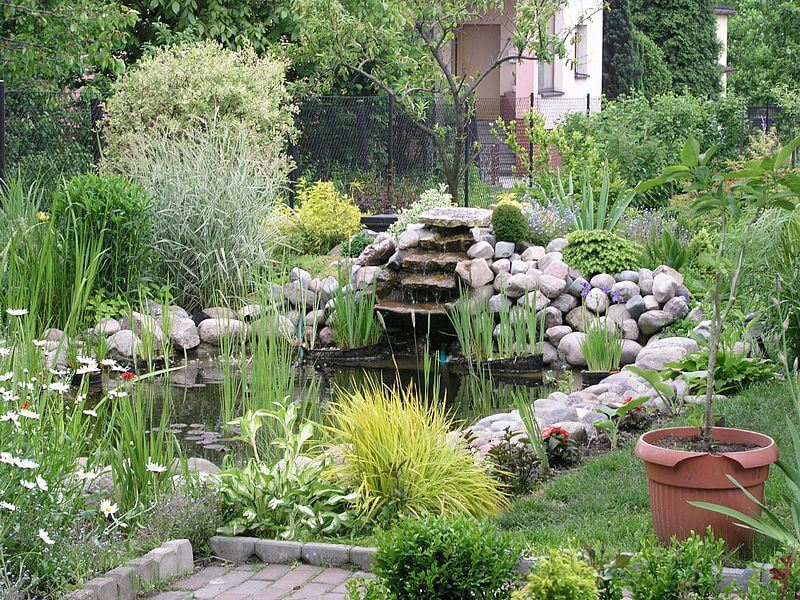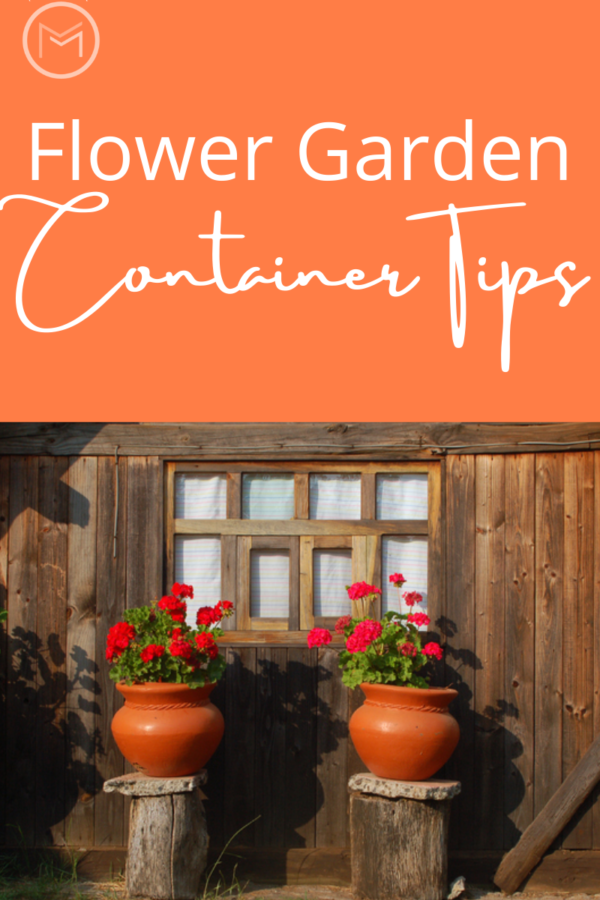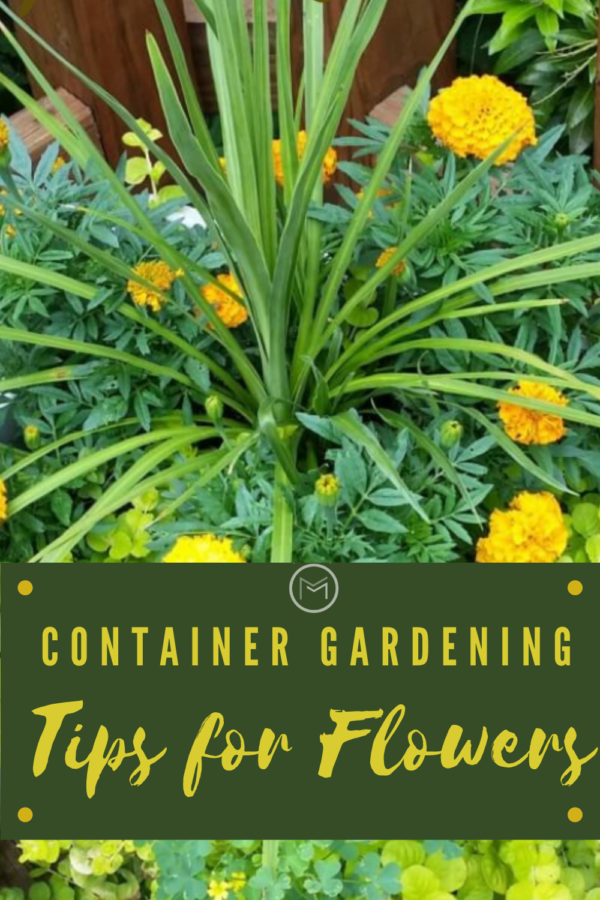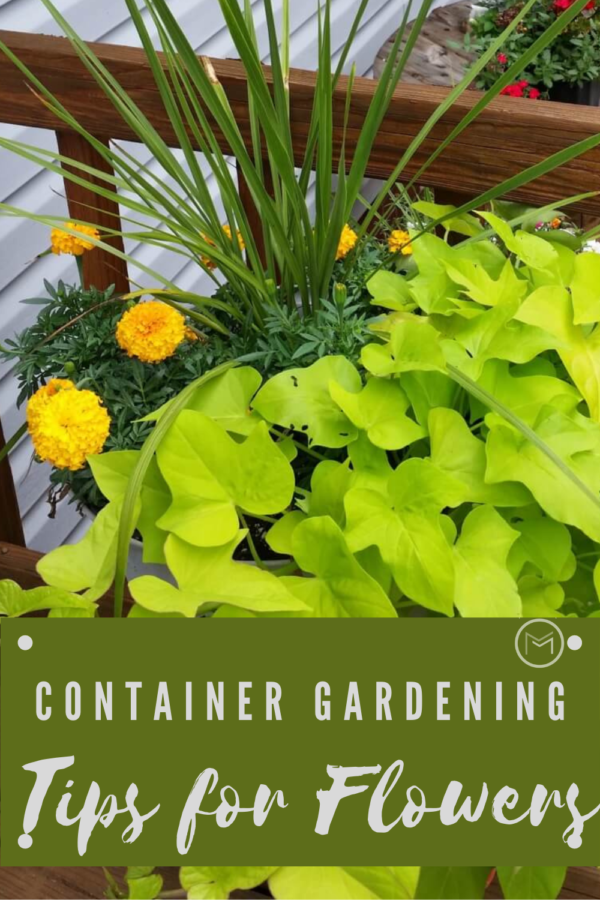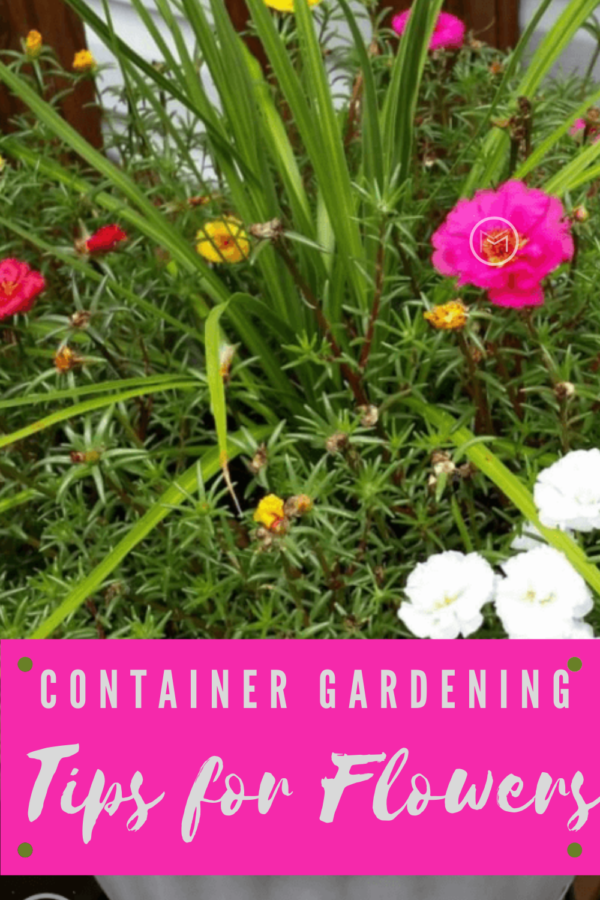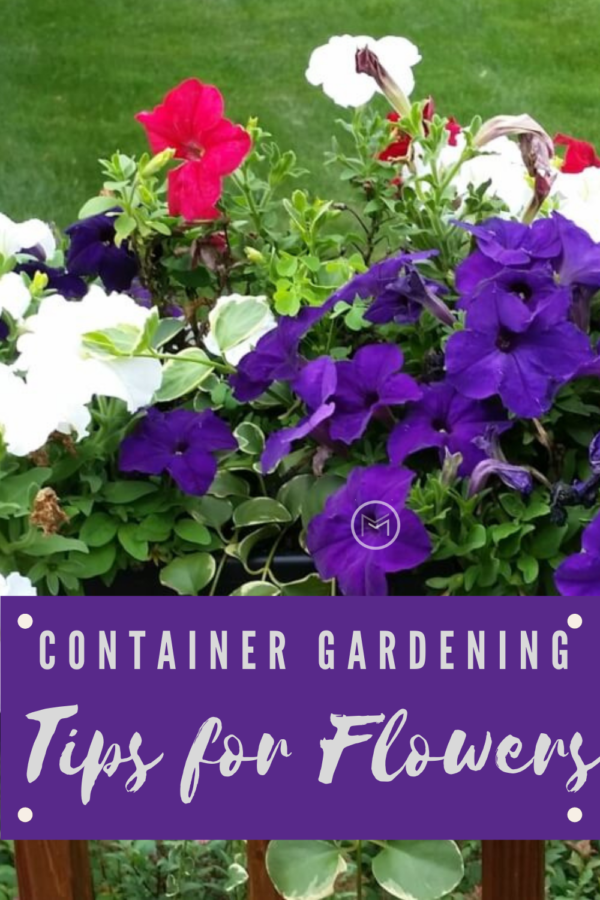Gardening equipment is undoubtedly an expense. But, no gardener can properly maintain a garden with garden equipment. As a result, we have a few gardening tips on maintaining garden equipment to share with you today. Without the proper equipment, maintaining your garden can feel like a chore. Most equipment is designed to last many years without the need for replacement. Here’s a few basic gardening essentials that you will need:
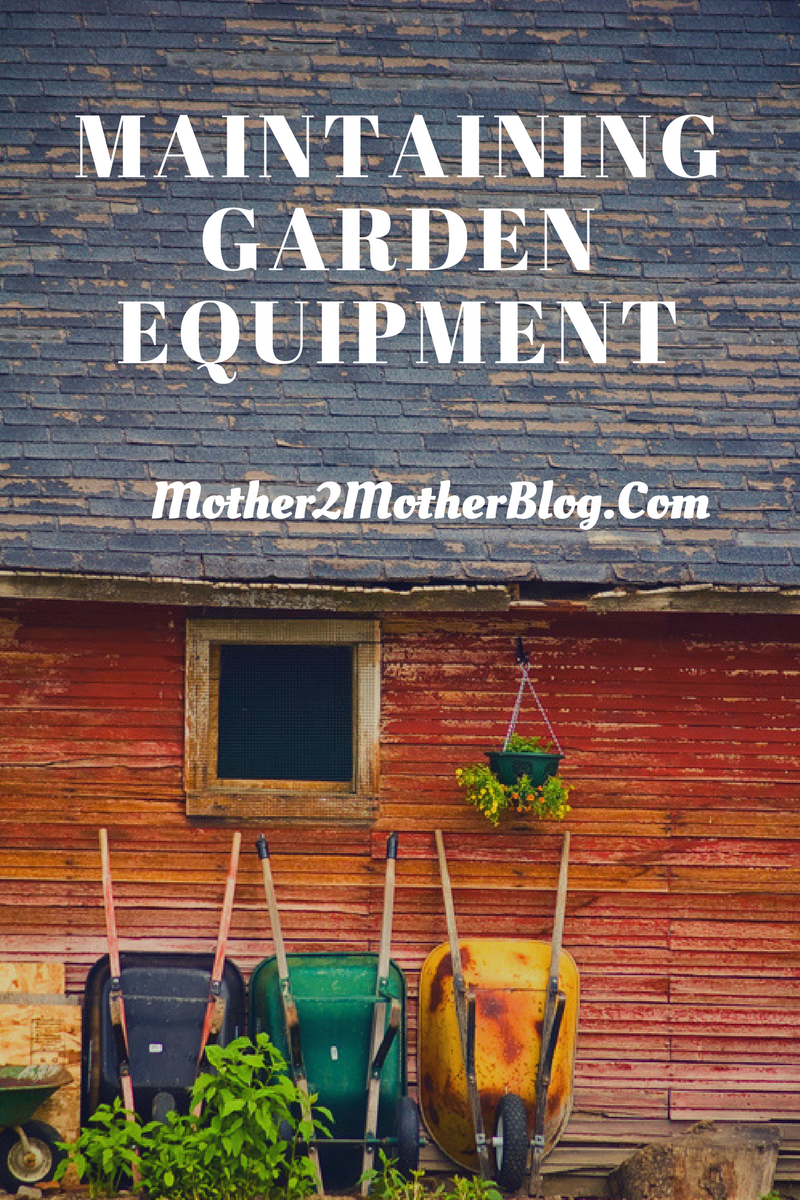
- Lawnmower – An essential, really. There’s no way a garden can look good if the grass is overgrown. Furthermore, this tends to be the most expensive piece of garden equipment that people own. The average lifespan of a mower is 10 years – though this can vary. If you’re considering making a purchase, consult Lawn Mower Lane. They have reviews on Hand Reels, Riding Mowers and Tractors, Robotic Mowers and Walk Behinds.
- Rake – Those leaves aren’t going to jump into the pile. Your kids need something to play into this fall. A leaf rake will be called into use!
- Hoe – Using a hoe is the easiest way to weed. Hoes are generally inexpensive and can take quite a bit of use.
- Hand fork/trowel – These are essentials for planting seedlings and getting rid of weeds that have taken up residence deeper in the soil.
- Wheelbarrow – There’s more uses for a wheelbarrow than you can count. A few are moving grass cuttings to helping transport newly potted plants to their desired location.
Of course, this is not an exhaustive list, but it is a basic one. If you have owned any of the above items for over five years, it might be worth checking them out for issues. Maintaining garden equipment before you dive into the new gardening season is a must. Poor equipment can equal a poor finish on any work that you do. Here’s a few signs of what to look out for:
Rust
If there’s rust on any parts of any of these tools, then you have two options. You can try rust removal. The success removing the rust can vary. Or you can simply replace the tools. Rust isn’t inherently dangerous – it’s just a chemical reaction after all – but it can make results unpredictable.
Mechanical Problems
Obviously this is specifically for lawnmowers. Don’t assume that just because the mower does its job that it’s in good condition. There could be hidden issues. Take it for a tune up at a repair shop. While you’re there, have it checked for other issues that may not be obvious and other safety concerns.
Weakness
Specifically for rakes and hoes. After years of use, tools can begin to weaken. Handles can crack or pieces fall off. Given these items are generally inexpensive, it might be more efficient to just purchase new one.
We hope that you have found our tips on maintaining garden equipment helpful. Be sure to check your equipment each gardening season.
